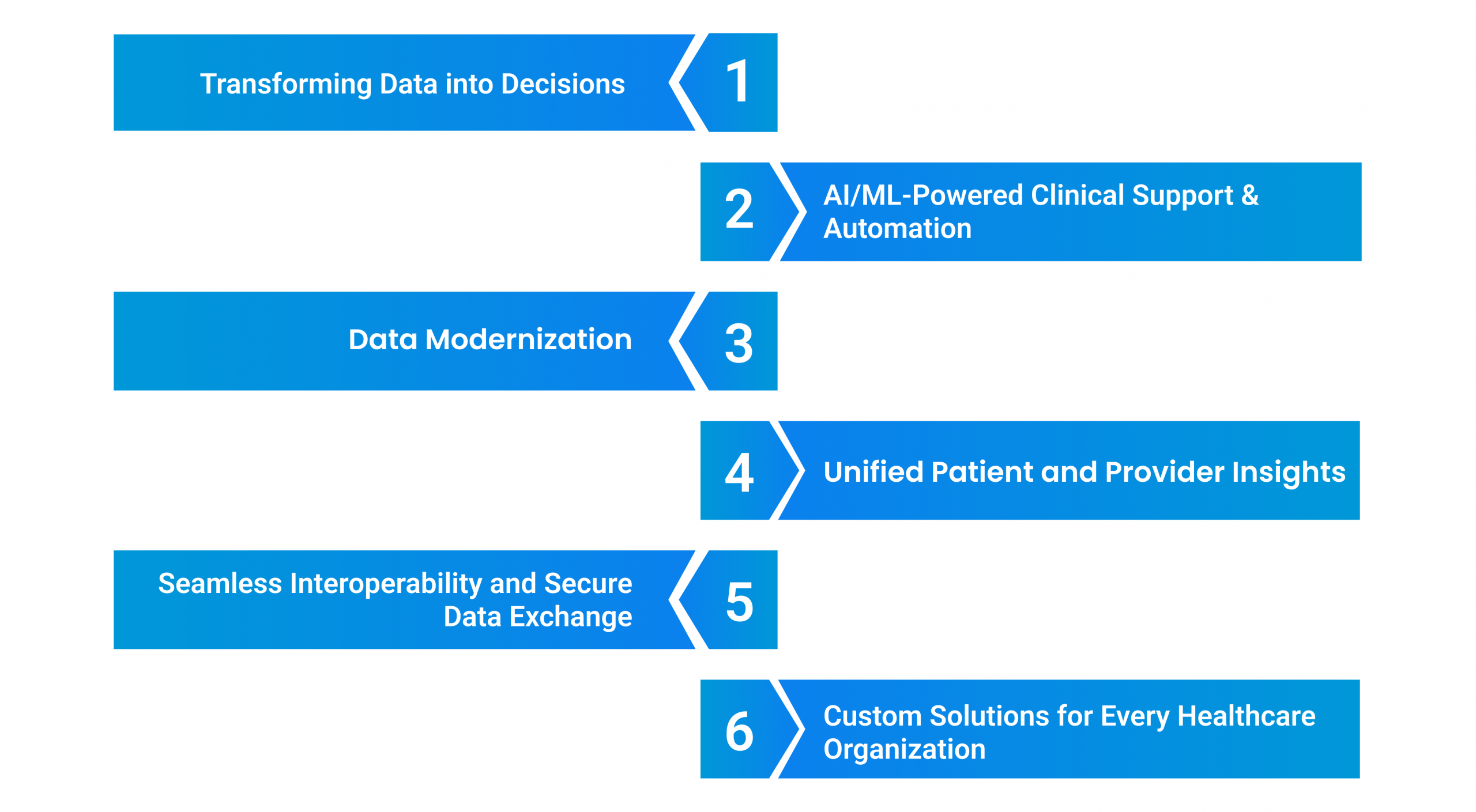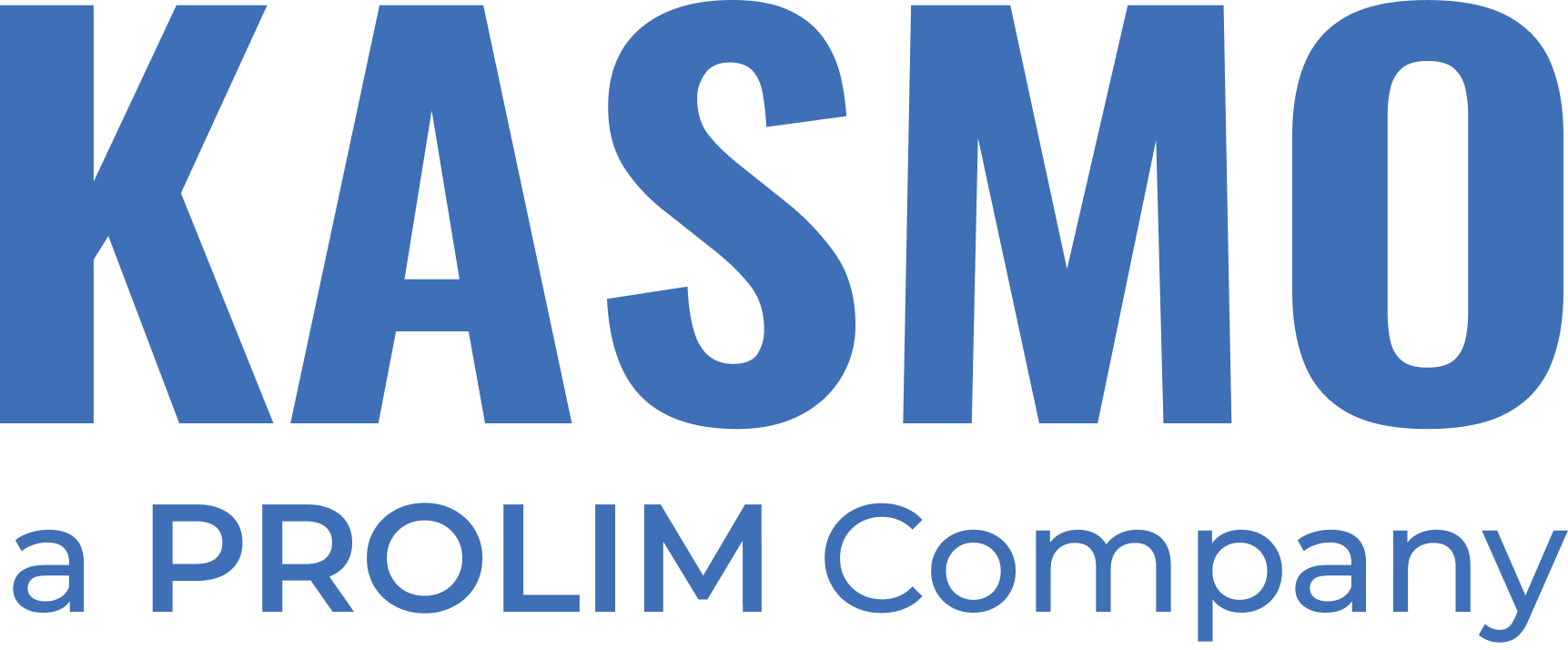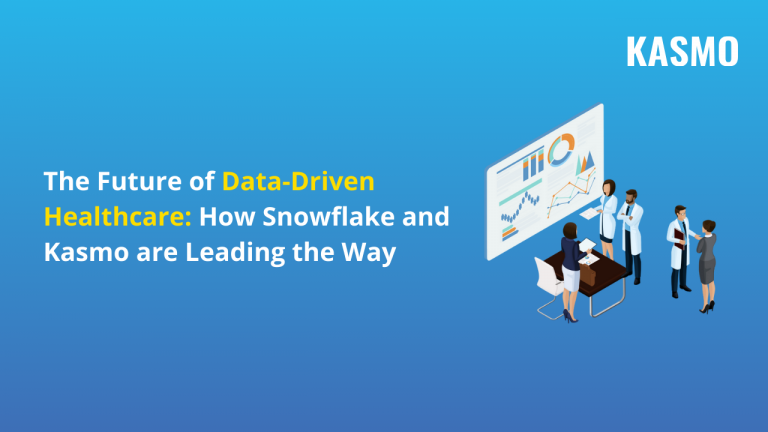Importance of a Data-Driven Healthcare Organization
The shift toward a data driven healthcare system has become essential for organizations striving to deliver efficient, high-quality, and enhanced patient care. Healthcare organizations cater to a wide range of users, clinicians, administrators, executives, payers, and patients who demand real-time access to accurate, real-time healthcare data. Meeting these expectations means going beyond traditional data warehouses and outdated infrastructure to build agile, intelligent systems that support secure, real-time insights.
By harnessing the power of data, healthcare organizations can connect disparate data sources, electronic health records (EHRs), claims data, genomic information, and payer systems, into a unified platform like Snowflake. This integration enables organizations to answer both routine and complex questions quickly and effectively, powering everything from patient care decisions to population health management.
The healthcare sector faces unique data challenges. With the growing demand for interoperability and collaboration among healthcare payers, providers, government agencies, and third-party service partners, traditional data systems often fall short. They lack the agility, scalability, and real-time performance needed to support modern healthcare analytics.
A truly data driven healthcare organization must overcome these limitations by investing in a data cloud platform that enables secure data sharing across stakeholders without latency. With data unified in a single platform, healthcare organizations can access 360-degree views of a patient’s journey, including diagnostics, treatments, coverage, and outcomes. This kind of seamless access improves decision-making at every level.
Additionally, as organizations transition to value-based care models, there is a heightened need for advanced healthcare data analytics. Data-driven insights can reduce operational inefficiencies, lower costs, and improve clinical outcomes. Instead of spending time troubleshooting system failures or juggling legacy tech, healthcare providers can focus on strategic initiatives, leveraging healthcare analytics solutions to innovate and scale.
The ability to unlock data at the right moment, for the right people, changes everything for healthcare organizations. With a Provider 360 strategy in place, healthcare organizations can succeed in transforming patient care.
Need for Provider 360 Strategy
In the push toward more efficient, equitable, and value-based care, healthcare providers are creating strategies to streamline operations, enhance decision-making, and improve outcomes. A Provider 360 strategy goes far beyond simple data aggregation; it delivers a unified, real-time view of healthcare provider performance across clinical, operational, and financial teams.
Creating a provider 360 strategy enables healthcare organizations to integrate multiple data sources, such as claims data, patient outcomes, digital health records, and other operational data. By unifying this diverse range of information into a centralized platform like Snowflake, healthcare providers can make smarter, faster, and more strategic decisions that directly impact the quality of care their members receive.
With Snowflake enabling seamless healthcare data integration and accessibility, it creates a data driven healthcare organization and a transformative shift from reactive care to proactive patient care. Instead of waiting for issues to arise, healthcare providers can use predictive analytics and risk modeling to uncover performance gaps, guide doctors and other medical professionals toward evidence-based practices and reduce costly patient care.
This 360-degree perspective is not just about evaluating a provider’s capabilities; it’s about enabling data-driven collaboration. Healthcare organizations can use analytics to identify trends such as high-risk population clusters or medical professionals excelling in preventive care. With these insights, healthcare providers can take measures that answers most common requests of patients like reducing readmission rates, boosting vaccination coverage, or expanding access to care for underserved populations.
Some of the most impactful applications of a Provider 360 strategy include:
- Addressing Social Determinants of Health: By understanding how other factors like transportation, housing, or food insecurity affect patients’ health, organizations can arrange for better healthcare insurance companies who are better equipped to serve specific member needs.
- Enhancing Operational Efficiency: Analyzing common provider-related issues or communication breakdowns helps providers uncover bottlenecks and improve system-wide coordination and responsiveness.
- Defining Next Best Actions: Real-time insights enable healthcare providers to recommend timely interventions, such as connecting high-risk patients with care management programs or encouraging patients to adopt advanced care technologies.
- Aligning Incentives with Health Goals: Heathcare providers can now structure financial incentives, like rewarding patients who reduce emergency room visits, improve chronic disease management, or contribute to better population health metrics.
Role of Snowflake in Making Data-Driven Healthcare Decisions
A data driven healthcare organization equals easy access to timely, secure, and comprehensive data. However, most healthcare systems are still struggling with legacy systems that create data silos, less scalable data architecture, and create challenges while storing and analyzing huge volumes of healthcare data.
However, Snowflake – the best data cloud platform, enables healthcare organizations to make data driven decisions, scale effortlessly, and reduce operational costs. This platform is built to meet the growing demand for real-time healthcare data, enabling providers, payers, and healthcare organizations to extract actionable insights.
By separating compute from storage, Snowflake allows healthcare organizations to scale resources and analyze massive datasets in seconds rather than hours. This agility is valuable when dealing with complex and varied data types such as electronic health records (EHRs), insurance claims, etc. Healthcare organizations can run complex queries on integrated datasets without disrupting system performance or other users.
Performance and Efficiency at Scale
Snowflake’s architecture eliminates many of the bottlenecks faced by legacy systems. While traditional systems often force users to query subsets or aggregates due to performance limitations, Snowflake enables full-scale data analysis with zero resource contention. This ensures that healthcare payers and providers can use all available healthcare data to drive meaningful improvements in patient care, operational efficiency, and patient outcomes.
Enhancing Security and Compliance in Healthcare
In healthcare, where data sensitivity and compliance are non-negotiable, Snowflake stands out with its advanced security capabilities. It offers end-to-end encryption for data in transit and at rest, robust access controls, and comprehensive HIPAA and PCI compliance features. It ensures that digital health records and other sensitive data remain protected under strict regulatory requirements.
Snowflake also supports third-party penetration testing and SOC 2 compliance, giving healthcare organizations additional assurance that their cloud data platform meets the highest standards for data privacy and infrastructure security. This allows organizations to shift their focus from maintaining legacy systems to delivering innovative care models, like value-based care, using secure, reliable data as their foundation.
Real-World Impact of a Data-Driven Healthcare Ecosystem
With Snowflake, healthcare organizations can unify clinical, operational, financial, and behavioral data to improve decision-making across the ecosystem. Here are some benefits of leveraging Snowflake AI Data Cloud:
- Faster insights for provider and payer collaboration: Empower care teams and insurance analysts with real-time access to a single source of truth, accelerating decisions around provider performance, care pathways, and cost optimization.
- Optimized patient outcomes: By enabling analysis of healthcare data, Snowflake helps organizations uncover trends, risks, and predictive indicators that improve preventive care and reduce readmissions.
- Streamlined regulatory reporting and audit readiness: With integrated, accessible data stored securely in Snowflake, healthcare organizations can meet compliance requirements with less effort and greater accuracy.
- Cost-effective infrastructure scaling: Pay only for the storage and compute power you use, no more overprovisioning to handle peak demand or paying for idle systems.
Why Choose Kasmo for Your Healthcare Organization?
Healthcare providers face immense pressure to modernize systems, deliver better outcomes, and comply with complex regulations. Kasmo – a true-blue Premier Partner of Snowflake, enables healthcare organizations with intelligent automation to help overcome any challenge.
Here’s why you need to partner with Kasmo:
 Transforming Data into Decisions
Transforming Data into Decisions
Hospitals and healthcare systems generate massive volumes of data, which are unstructured. Kasmo helps extract real-time insights from electronic health records (EHRs), claims, medical images, and lab data using powerful Snowflake-powered accelerators. Our solutions turn raw data into actionable insights which support faster clinical decisions, enhance data driven healthcare decisions, and optimize patient experiences.
Data Modernization
Legacy systems often limit how fast and efficiently healthcare teams can operate. Kasmo accelerates the shift with our accelerators and makes the data migration to Snowflake seamless.
AI/ML-Powered Clinical Support & Automation
Kasmo’s Gen AI-driven and Snowflake-powered solutions like KasMed AI Agent, empowers medical teams to automate repetitive tasks and make smarter decisions. It helps in summarizing patient history and improves care coordination while lowering manual work for healthcare providers. Built using Snowpark and Streamlit, it delivers responsive and compliant AI experiences across healthcare environments.
Unified Patient and Provider Insights
Kasmo builds advanced analytics dashboards that provide a 360-degree view of patient journeys, treatment pathways, and cost drivers. With real-time visualizations of operational metrics, quality scores, and utilization rates, both payers and providers can optimize resource allocation, manage population health initiatives, and improve financial performance.
Seamless Interoperability and Secure Data Exchange
Fragmented healthcare systems often suffer from data silos. Kasmo leverages Snowflake’s Openflow to facilitate frictionless data sharing across payers, providers, pharma, and health-tech partners. This enables a unified ecosystem where stakeholders can collaborate, innovate, and even monetize insights via the Snowflake Marketplace.
Custom Solutions for Every Healthcare Organization
Kasmo caters to the unique needs of healthcare organizations. Our purpose-built solutions like Kasflow can be leveraged for unified data management. Our proprietary accelerators are designed to solve complex healthcare challenges while ensuring compliance and performance on a scale.
Conclusion
The future of healthcare lies in its ability to harness the power of data. Becoming a truly data driven healthcare organization means going beyond siloed systems and outdated processes. Whether it’s enabling real-time insights through healthcare data analytics, enhancing operational performance with digital health records, or improving provider collaboration by creating a Provider 360 strategy, the healthcare industry must embrace innovation to deliver high-quality, cost-effective, and value-based care.
Platforms like Snowflake AI Data Cloud offer the speed, security, and scalability needed to become a data driven healthcare organization. Additionally, partnering with Kasmo will help healthcare organizations enhance patient outcomes and operational efficiency.






